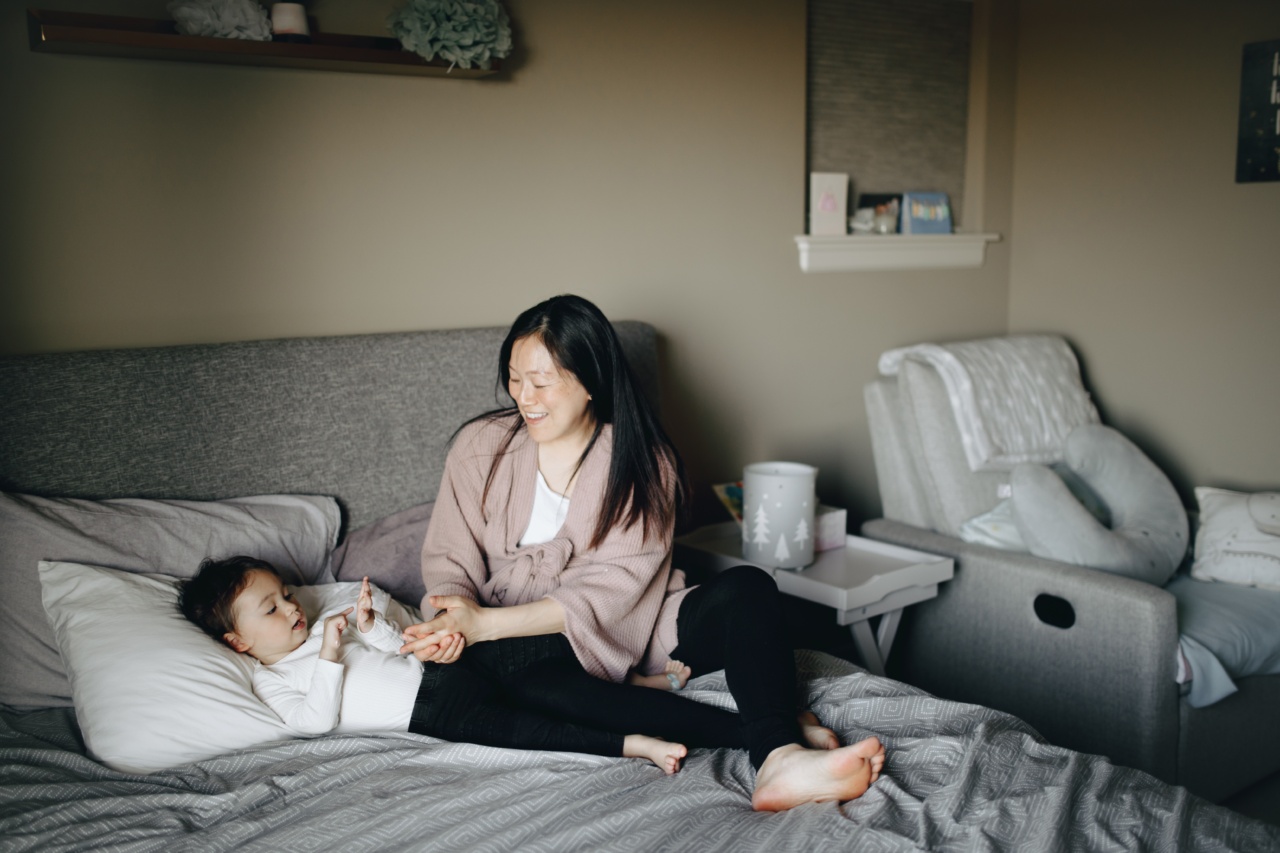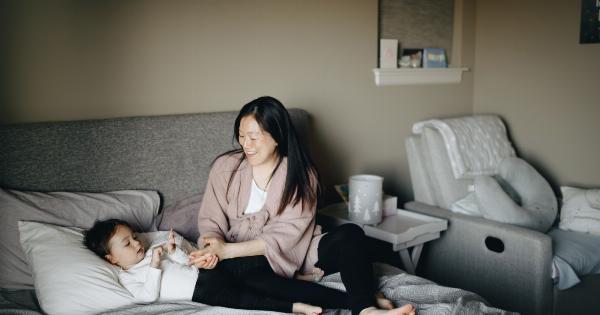Obstructive sleep apnea (OSA) is a sleep disorder that affects both adults and children. While it may seem harmless, OSA can cause serious health problems if left untreated.
In this article, we will explore the effects of OSA on both adults and children, and the methods of treatment available for this sleep disorder.
What is Obstructive Sleep Apnea?
Obstructive sleep apnea (OSA) is a sleep disorder that occurs when a person’s airway becomes blocked during sleep, causing them to stop breathing for short periods of time.
This blockage can be caused by a number of factors, including excess body weight, enlarged tonsils or adenoids, nasal congestion, or a small jaw bone.
Effects of OSA on Adults
OSA can have a number of negative effects on adults, including:.
- Increased risk of high blood pressure, heart attack, and stroke
- Drowsiness and fatigue during the day
- Difficulty concentrating and memory problems
- Depression and irritability
- Decreased libido and sexual dysfunction
Over time, the lack of oxygen that occurs during OSA episodes can also lead to changes in the brain, increasing the risk of dementia and other cognitive disorders.
In addition, OSA can make it difficult for adults to maintain a healthy weight, as the tiredness and lack of motivation it causes can lead to a decrease in physical activity and an increase in unhealthy eating habits.
Effects of OSA on Children
While OSA is more commonly associated with adults, children can also be affected by this sleep disorder. In fact, around 2-3% of children have OSA, with the majority of cases occurring in children between the ages of 2 and 8.
Some of the negative effects of OSA on children include:.
- Behavioral problems and difficulty concentrating at school
- Slowed growth and development
- Excessive daytime sleepiness
- Increased risk of high blood pressure and heart problems later in life
Children with OSA may be more likely to develop attention-deficit/hyperactivity disorder (ADHD) or other behavioral disorders due to the lack of quality sleep they receive.
In addition, OSA can cause children to snore loudly and have trouble breathing at night, leading to a poor quality of sleep that can affect their physical and mental health in the long term.
Treatment for OSA
The most common treatment for OSA is continuous positive airway pressure (CPAP) therapy, which involves wearing a mask over the nose and mouth during sleep.
The mask is connected to a machine that delivers a continuous flow of air to keep the airway open.
Other treatments for OSA include lifestyle changes, such as losing weight or avoiding alcohol and sedatives before bed, as well as surgery to remove excess tissue that may be blocking the airway.
For children with OSA, tonsillectomy or adenoidectomy may be recommended to remove the source of the obstruction.
Conclusion
Obstructive sleep apnea is a serious sleep disorder that can have negative effects on both adults and children if left untreated. By seeking proper treatment, individuals with OSA can improve their overall health and quality of life.




























